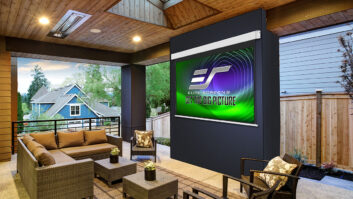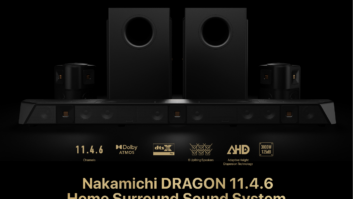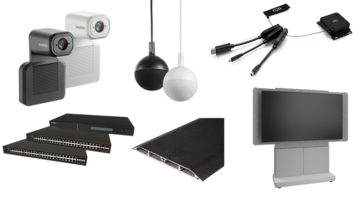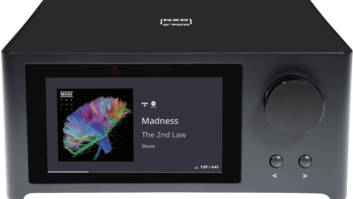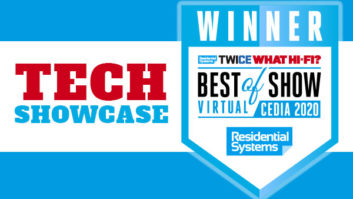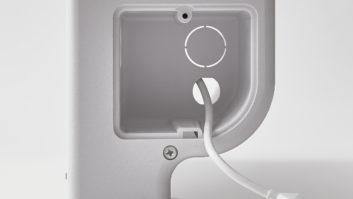Tis the season for HDTV sales. Out with the tube TVs and in with the new eye-popping HD flat screens. These hot tickets are on just about everybodys wish list and prices are hitting new lows. I found myself gawking at a beautiful 40-inch Samsung LCD HDTV for only $1,599an irresistible picture for the price.
They look so compelling in the store, and they are so trim and lightweight that they call to you like a lonely puppy in a pet shop window.
Millions of these new puppies will be unwrapped this Christmas. Those lucky enough to find one under their tree will be elated with receiving their most important gift of the year. This is a powerful emotional moment.
Most new HDTVs will be purchased from retail stores and installed by the homeowners. These do-it-yourself guys would rather admit to needing Viagra or being a girlie man before they would confess their inability to hookup a new TV. So they fiddle with the connections, look through the manual, and call the cable company. The ability of cable company techs ends where the cable equipment leaves off.
Most HDTV installations performed by do-it-yourselfers suffer from a variety of connection problems. The equipment itself is fine, but there are three huge problems that can happen with these installations.
First, composite, component, S-Video, DVI, and HDMI video formats are not properly cabled and connected. Second, multiple audio formats of analog, digital, optical, digital, and surround choices are not properly hooked up. Third, changing audio inputs and surround modes are not properly switched on the surround processor and video-input switching is not done properly on the TV.
Thats good news for professional A/V installers who can offer value by ensuring that each source presents the maximum deliverable results of picture and sound to the viewer.
But wait: it is not enough to wire an HDTV system properly. Professional results can only be guaranteed by including an intelligent remote control that manages all of the switching operations for the client. The remote control is the single most important key to a successful installation.
There are four types of remote controls and each provides a level of responsiveness:
The manufacturer-supplied remotes provide the lowest level of system control. If there are eight components, you need eight remotes. The results should not be called a professional installation.
Universal pre-programmed or learning remotes can combine all the needed IR commands onto a single, handheld remote. These allow use of a single remote, but are multi-layered, clumsy, and too complex for many users.
Activity-based remotes break down a task like Watch DVD into steps comprised of macro commands that intelligently manage all of the needed IR commands to give the user single-button results. These can be wonderfully simple to use, but users pushing buttons on the components or failure of IR macros can put the remote out of sync, causing user frustrations.
Status-sensing activity-based remotes know the status of the equipment being controlled. This type of remote is wired to check a device before firing a command, so it will not fire a Power Toggle command, which shuts a TV off when it needs to be turned on. This type of remote generally sends RF commands to a base station so that macros do not fail like IR macros can. I believe that every HDTV owner should have this type of intelligent remote.
Your choice of remotes is crucial to the success of all of your installations. Status sensing activity-based remotes are more expensive and require additional connections. However, when your customer pushes a button, they are the only remotes that guarantee bulletproof professional results.
